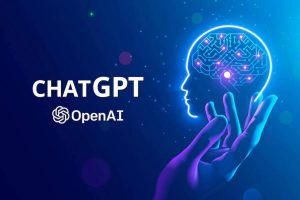
OpenAI unveiled GPT-4, which according to them, is capable of performing well on standardized tests. OpenAI further reveals that the updated technology passed a law school bar exam with a score in the top 10% of test takers. The older version, GPT-3.5, scored around the bottom 10%. Equally impressive, GPT-4 can also read, analyze or generate up to 25,000 words of text, and write code in all major programming languages, according to the company.
GPT-4 is a multimodal large language model, which means it can respond to both text and images. “Give it a photo of the contents of your fridge and ask it what you could make, and GPT-4 will try to come up with recipes that use the pictured ingredients. It’s also great at explaining jokes, says Sutskever, OpenAI’s Chief Scientist. “If you show it a meme, it can tell you why it’s funny.”
Within hours after its release, several users said they created computer games in less than a minute by simply asking the chatbot to generate code, resulting in near-perfect renditions of Tetris and Connect Four.
We are happy to confirm that the new Bing is running on GPT-4, which we’ve customized for search,” Microsoft said. “If you’ve used the new Bing preview at any time in the last five weeks, you’ve already experienced an early version of this powerful model.” According to CNN, while ChatGPT has impressed many users with its ability to generate original essays, stories and song lyrics in response to user prompts since its November 2022 launch, it has also raised some concerns. AI chatbots, including tools from Microsoft and Google, have been called out in recent weeks for being emotionally reactive, making factual errors and engaging in outright “hallucinations,” as the industry calls it.
To use GPT-4, users have to subscribe to ChatGPT Plus, which has a $20 monthly subscription, for premium access to the service.
The post The Technology Behind ChatGPT Gets More Powerful and Scarier appeared first on The Source.
